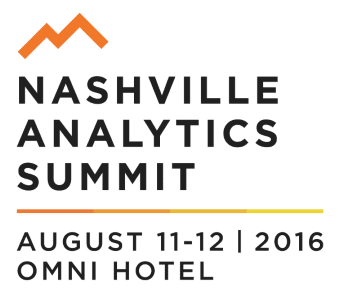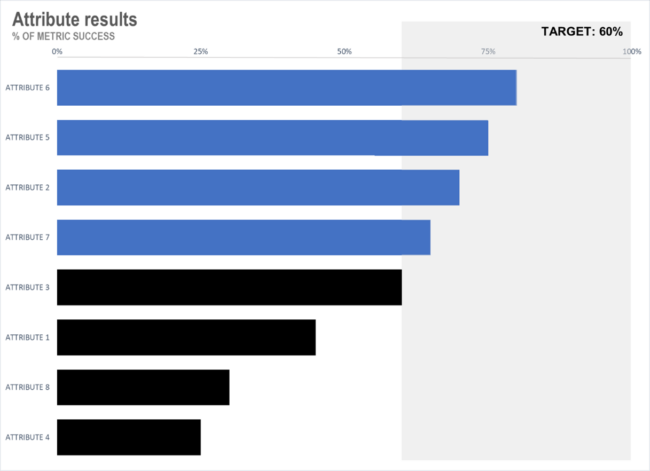In today’s online, digitally connected world, the need for instant, real-time data insight has reached a fever pitch for organizations striving to dominate market share on a global scale. As the need for increased data integration and business intelligence reporting continues to grow and change, so too does our need for an evolving data strategy. Business owners, driven to maintain their in-market competitive edge, continue to seek the latest intelligence storage innovations that not only serve as a centralized hub, but also promote advanced analytics and operational decision-making throughout the organization. The proliferation of data sources and emergence of new types of data drives a need for a new data integration architecture. As enterprises begin expanding both the types of data and the number of data sources they use, it also gets harder and harder to establish a common understanding of what key data elements mean.
Three Big Trends To Look For In Data Warehousing Technologies This Year
In light of this, what can you expect to see in emerging and expanding data warehouse solutions in 2019 and beyond? While there is a myriad of innovations that piqued the interest of entrepreneurs operating companies of every size and scope, three leading trends have demonstrated staying power, at least for the near future. Some key concepts that should be a part of your data strategy in 2019 include:
NoSQL/Unstructured Databases
Previous generations of business owners turned to structured data warehousing techniques. Structured (or traditional) data warehousing strategies extracted easily quantifiable information from organized, fixed fields within a file or spreadsheet. While structured data still plays a significant role in business intelligence analysis, older, relational databases aren’t agile enough to keep pace with the modern applications utilized by today’s executives. Enter unstructured databases. Also referred to as NoSQL, these data warehousing applications go beyond fixed fields, using natural language processing to store and analyze open text boxes. Natural language processing (NLP) leverages natural language queries to help quantify and qualify information stored in NoSQL platforms, ultimately widening the intelligence view for organizations in every vertical on a myriad of digital formats including consumer surveys and reviews.
Data Governance
Data governance is also a major priority in the latest generation of business intelligence storage solutions. Also known as the set of processes utilized to optimize information quality, consistency, and management throughout an entire organization, data governance is currently in high demand for a multitude of reasons. Rapidly expanding data channels over multiple sources exponentially increase the opportunity for inconsistencies that must be addressed to prevent misinformed business decisions. Additionally, as companies grow and combine, creating a common corporate language is vital to promote effective, cross-departmental analysis. Whether you are managing intelligence in a standardized data warehouse, data lake, or big data platform, establishing universal rules and definitions to standardize captured company intelligence streamlines analytics, optimizes the impact of BI visualizations, and drives overall business process improvements.
Architectural Roadmap
Architectural roadmap services are also in high demand as companies in every operational vertical tap into the power of big data to propel their organization ahead of the competitive masses. The architectural roadmap process essentially develops a customized sequential strategy that systematically leads an organization from where it is to where it aspires to be. Companies begin by identifying current system features, benefits, requirements, and gaps to analyze overall technical efficiencies and unfavorable dependencies. Once the present-day architecture has been carefully evaluated, the next roadmap iterations outline the necessary steps a business will take to upgrade its existing storage platforms over the next several weeks, months, quarters, and even years. Taking a detailed, step-by-step approach to system enhancements not only improves data capture performance, but also allows organizations to address key components such as funding requirements, potential operational disruptions, and employee adoption concerns.
InfoWorks develops customized data warehouse, data integration architecture, and data governance techniques to drive business intelligence analysis, reporting and visualization. Contact us today to hear more.





